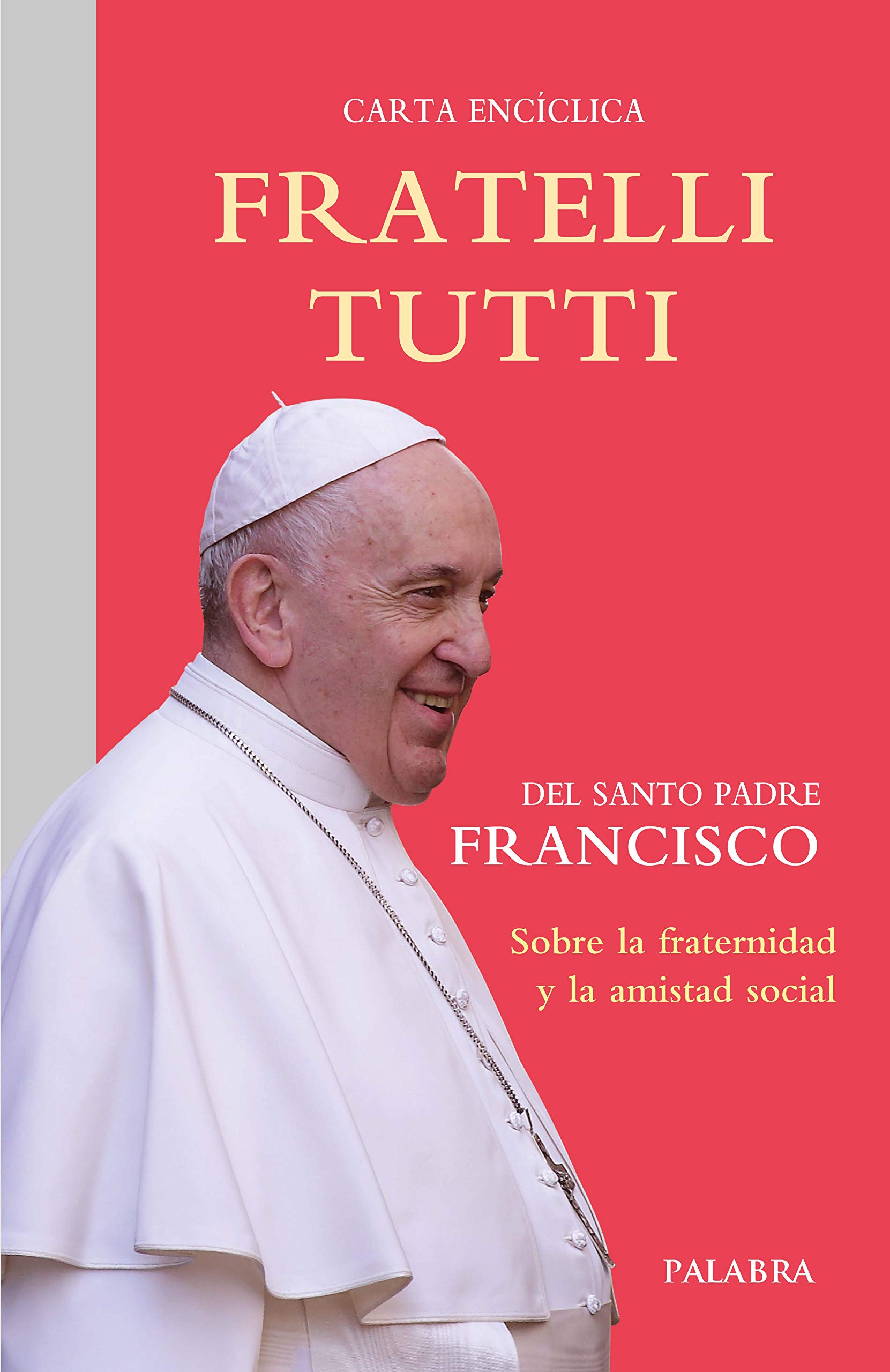Lesson 3: Resurrection of the Body
 Each Sunday many of us profess we believe in the resurrection of the body. We assert Jesus was resurrected in body as well as spirit. He ate with his friends, allowed them to touch him, and showed them the marks of his crucifixion. The resurrected Christ was the same person who loved them during their life together.
Each Sunday many of us profess we believe in the resurrection of the body. We assert Jesus was resurrected in body as well as spirit. He ate with his friends, allowed them to touch him, and showed them the marks of his crucifixion. The resurrected Christ was the same person who loved them during their life together.
Our profession also supports the Christian understanding that a person is essentially body and spirit. I recognize you as an embodied spirit. I can not even imagine what it would be to identify you, much less love you, as a spirit. That is the beauty of the Incarnation. God comes to us in the flesh, so we can share our love for one another.
To confess faith in the resurrection of the body acknowledges the limitations of the virtual reality celebrated by our electronic age. Eternal life is not having our brains encased in a computer or robot. Real life is found in face-to-face community, where proclamations of love have meaning. When I speak the words, “God loves you” or “I love you” to a person standing before me, I make myself vulnerable; I become accountable.
Although many modern Christians do speak of the soul or spirit leaving the body at death, very few Christian theologians have ever accepted this position. Instead they discussed questions such as at what age people were resurrected, if their infirmities would be healed, would the ugly be beautiful, and is gender and social position maintained.
Christians desire to express the resurrection of a real person. The only difference would be a non-deteriorating, imperishable body. If this world is characterized by the deterioration and decay evident in both the burial of the body and cremation; the Kingdom of God is eternal and unchanging. Because of this, theologians often dealt with rather amusing questions, such as wondering if the new body would have a digestive system and sex organs.
Some emphasized the seed model Paul mentions in I Corinthians 15, where a certain development or flowering takes place, even though God is needed to overcome the break between life and death. Most rejected this as too naturalistic, preferring to speak of reassembling particles as God puts back together that which has been broken. The best example of the former position might be a flowering tree stump. The latter was often illustrated as mending a broken pot back or recasting a melted statue.
Jesus’ most frequent picture of the future Kingdom of God was sharing a magnificent feast. Again I can not picture spirits eating together. My enjoyment of meals shared with loved ones involves many bodily functions.
The resurrection of the body is about God’s love for real persons. When Jesus promises God knows the number of hairs on our heads, he is not speaking of God’s power to know everything. He is proclaiming God’s love for the complete person, a love that will not allow death to separate us.

 Frontline Study is an online discussion of the scriptures, inviting you to share your comments and your reflections on each weekly topic. Simply click on the "Add Reply" text at the top of each post to see what others have posted and to add your thoughts.
Frontline Study is an online discussion of the scriptures, inviting you to share your comments and your reflections on each weekly topic. Simply click on the "Add Reply" text at the top of each post to see what others have posted and to add your thoughts.
Recent Comments